Hello and welcome to Work Week, the podcast where we discuss one big question about the rapidly evolving workplace, explore timely research about the topic, and explain what it all means for you.
I’m Dr. Kelly Monahan, Managing Director of the Upwork Research Institute, and what you’re hearing are my thoughts and ideas, guided by insights from the Research Institute, and brought to you by a digital proxy of my voice that was created by our team with the help of AI. Each week, I or one of my Upwork Research Institute colleagues is here to help you make sense of the structural changes redefining today’s labor market. Our goal is to help equip you with insights backed by real data, real research, and real-world application.
Last week, we explored the rising importance of human-centered skills in a work environment being rapidly changed by AI.
This week, we turn our attention to another significant shift already under way—one that’s quietly but substantially reshaping labor in nearly every industry.
Our big question this week? Is your business prepared to address skills gaps driven by the looming wave of retirements?
Let’s start with a number that should get your attention:
4.1 million Americans are turning 65 every year—and will continue to do so through at least 2027.
And consider this. The year 2050 is as close in the future as 2000 is in the past. I don’t know about you, but the year 2000 doesn’t feel so long ago. And by 2050, one in six people globally will be aged 65 or over, nearly double the number from 2019.
That’s a staggering demographic reality. So many millions of Americans are reaching the average retirement age that many experts are calling it the “Silver Tsunami.”
This isn’t a distant, future challenge—it’s happening right now. Industries from healthcare and manufacturing to engineering and logistics are already feeling the effects. As Baby Boomers—many of whom have decades of deep institutional knowledge—retire, they’re creating a talent vacuum that many companies aren’t prepared to fill.
The result? Skills gaps are widening, business continuity is at risk, and leaders are scrambling to preserve operational knowledge before it walks out the door.
But there is good news. Leaders can deploy actionable strategies today to mitigate this transition—and even turn it into an opportunity for developing greater agility and resilience in their organizations.
So let’s explore how we got here, and what we can do about it.
Retirement rates are accelerating—but fully understanding the impact is more complex than it may first appear.
The U.S. Census Bureau projects that by 2030, one in five Americans will be of retirement age. And globally, we’re seeing similar patterns. Japan, Germany, Italy—many developed economies like these are facing population declines and aging workforces simultaneously.
But here’s what makes today’s retirement wave different: many older workers aren’t fully exiting the workforce.
Many Baby Boomers are choosing to delay retirement or never fully retire at all. In fact, a 2024 survey of ten thousand nine employed adults, conducted by the Transamerica Center for Retirement Studies, found that thirty-six percent of employed workers expect to retire at age 70-plus or do not plan to retire. And fifty-three percent plan to continue working in retirement.
Additionally, data from the Pew Research Center shows that labor-force participation among Americans over 65 has nearly doubled since the late 1980s.
Why? Well, the reasons are varied. Rising costs of living are creating a financial necessity. Longer lifespans means retirement can stretch twenty or thirty years—or even longer. And, a desire to stay mentally and socially engaged is pushing many older adults to continue contributing—especially on their own terms.
This creates a fascinating paradox. While formal retirements may be surging, many older workers are open to flexible or part-time work. And for employers, this presents an opportunity.
Let’s talk about the real business implications of the uptick in retirements.
When a tenured employee retires—or leaves for any other reason—it’s not just a headcount change. It’s a knowledge loss event.
These workers often possess deep industry expertise, client relationships, process know-how, and historical context that informs decision-making.
When long-time team members walk out the door, it can take years—and significant investments—to rebuild.
And the wave of retirements is only one of the many factors contributing to growing skills gaps across organizations. Other factors include rapidly evolving skills needs, turnover, disengagement, and workforce restructuring or layoffs due to economic uncertainty.
As we discussed in a previous episode, in 2024, we surveyed one thousand two hundred fifty C-suite leaders. Thirty-five percent of respondents indicated that they required team members to expand their skillsets in the 12 months leading up to the survey.
That tells us that many companies are reacting to workforce gaps by piling more onto existing employees—rather than proactively addressing the root issue.
So what’s the solution? Consider a few potential strategies.
Strategy 1: Engage freelancers to quickly fill skills gaps.
One of the most powerful tools for addressing talent shortages is right in front of us: skilled freelancers.
When you lose a critical skill or a retiree leaves your organization, waiting months to find a full-time replacement isn’t always viable—especially in today’s fast-moving business environment. Freelancers offer on-demand access to specialized expertise, and can be deployed quickly to keep work moving forward.
According to our 2024 research featuring insights from 2,500 global workers, 49% of full-time workers surveyed rely on freelancers to address critical gaps to help them do their work. Additionally, 51% of C-suite leaders surveyed agreed it would be difficult to conduct their business without support from freelancers.
Freelancers enable companies to scale expertise without overburdening the remaining workforce—and without locking into long-term fixed costs.
And as we’ve covered in previous episodes, freelancers often outperform traditional employees in key areas like problem-solving, communication, and adaptability—skills that are especially crucial during workforce transitions.
This isn’t only about patching holes. It’s about building a more flexible, anti-fragile workforce model.
Strategy 2: Upskill and reskill existing team members.
Of course, freelancers aren’t the only answer. One of the most future-forward strategies is to invest in the workers you already have.
A 2025 LinkedIn Learning survey of 937 learning and development and HR professionals found that 91% of respondents believe continuous learning is more important than ever for career success.
By proactively upskilling your team—especially in areas where retiring workers possess mission-critical skills and knowledge—you can prevent both disruption and increase retention. In fact, the same LinkedIn research found that 88% of respondents are concerned about employee retention. And it shows that, for many organizations, providing learning opportunities is a top retention strategy for 2025.
The most successful companies aren’t reacting to retirements. They’re proactively building cultures of continual learning and agility—which, as we covered in our previous episode, are skills that will be critical in an AI-augmented world.
Strategy 3: Encourage flexible freelance work for “unretiring” baby boomers.
Remember, not every baby boomer wants to stop working—many want to work differently. The Transamerica Center for Retirement Studies research found that self-employed workers are particularly motivated to continue working beyond traditional retirement age. Fifty-six percent plan to work at least part time in retirement, while thirty-seven percent dream of doing paid work in retirement.
And with the rise of remote and freelance platforms, companies now have more ways than ever to engage self-employed freelancers or to bring back retired employees on flexible terms.
Consider this: Former employees often bring immediate productivity due to minimal onboarding time, strong company knowledge, and established trust from peers and clients.
By retaining or rehiring retirees as freelancers, consultants, or part-time advisors, you can retain wisdom without the traditional overhead.
This strategy isn’t about corporate gain. It’s about offering meaningful, flexible work to people who want to contribute, but likely want more flexibility than a traditional 40-hour week. It's about making room for intergenerational collaboration.
The retirement model of the past—where people fully exited the workforce at 65—is being replaced with something far more fluid. That’s a good thing, as long as you design for it.
To close out this episode as we do every week, let’s wrap up with one actionable step you can take right now, as well as a question to reflect on.
Here’s our action item this week:
Take inventory of your critical skill areas—and identify which are most at risk based on upcoming retirements, turnover, or other factors.
Then ask yourself:
Can a freelancer fill this gap temporarily—or even long-term?
Can an internal employee step in after some reskilling support?
Can a retiree return as a freelancer or consultant?
You don’t need a five-year plan to start adapting. Start with one team, one skill gap, or one upcoming retirement. Build your workforce strategy one informed step at a time to drive resiliency and anti-fragility.
As for this week’s reflection question, ask yourself: What if the companies that thrive through the Silver Tsunami aren’t the ones with the best traditional succession plans—but the ones with the most workforce agility?
Resilience and antifragility aren’t about having all the right people in permanent roles, but about having the right expertise available at the right time, through a mix of full-time workers, freelancers, and consultants.
If we let go of rigid models and embrace more fluid talent strategies, we can turn the Silver Tsunami from a risk into a reinvention.
The aging workforce isn’t a threat. It’s a call to adapt and develop.
That’s it for this episode of Work Week. I’m Kelly Monahan and today, we explored how the looming wave of retirements—4.1 million Americans turning 65 each year—is creating real and urgent skills gaps. And we outlined how businesses can meet this challenge with a blend of freelancers, reskilling, and flexible workforce strategies.
Thank you for listening. If this episode gave you something to think about, share it with your team—or someone who’s navigating these changes in their own organization. And don’t forget to subscribe to Work Week for more research-backed strategies to help you thrive in the future of work.







.png)
.png)
.png)
.png)
.png)
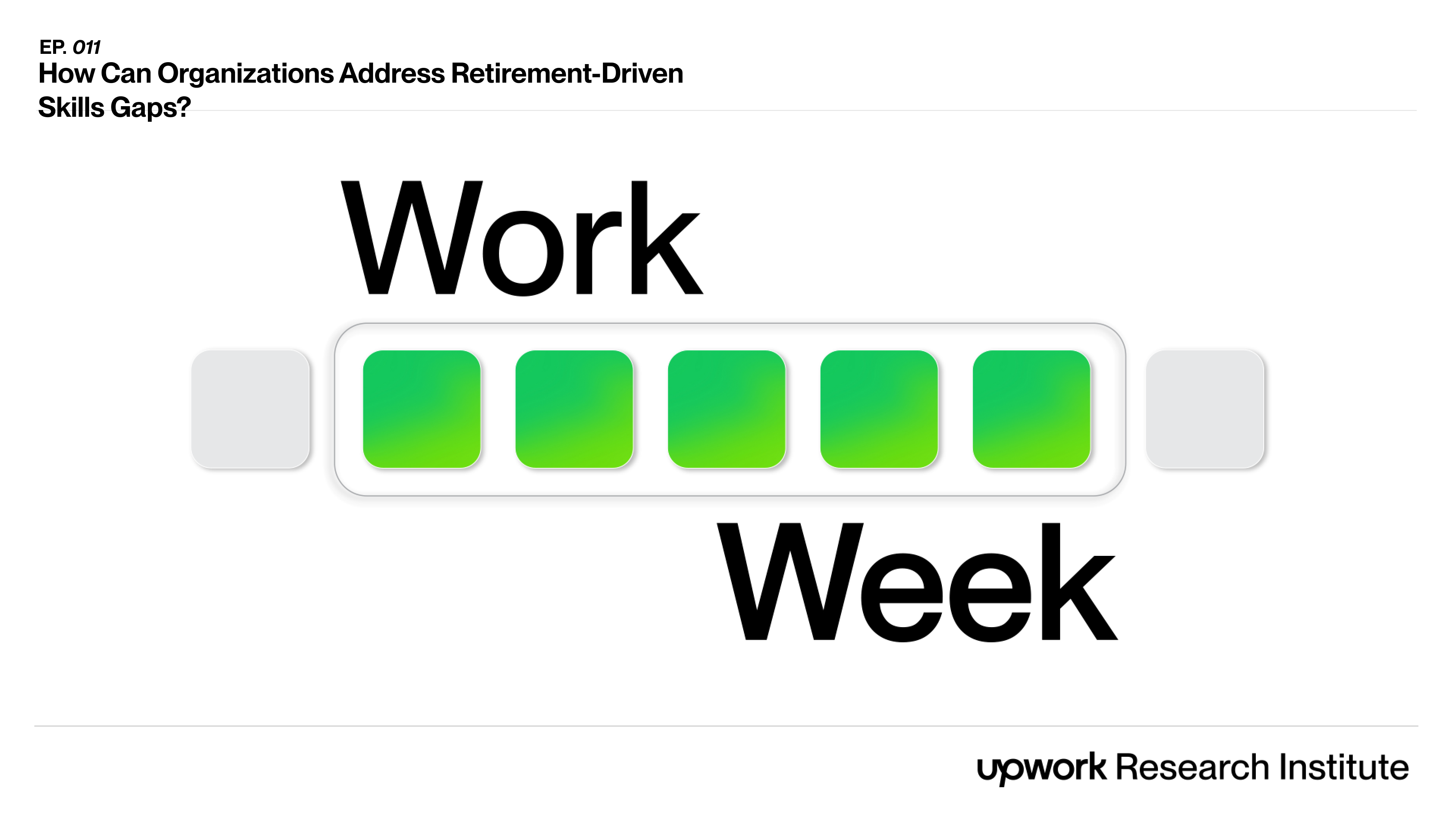


.png)

-p-500.jpg.png)

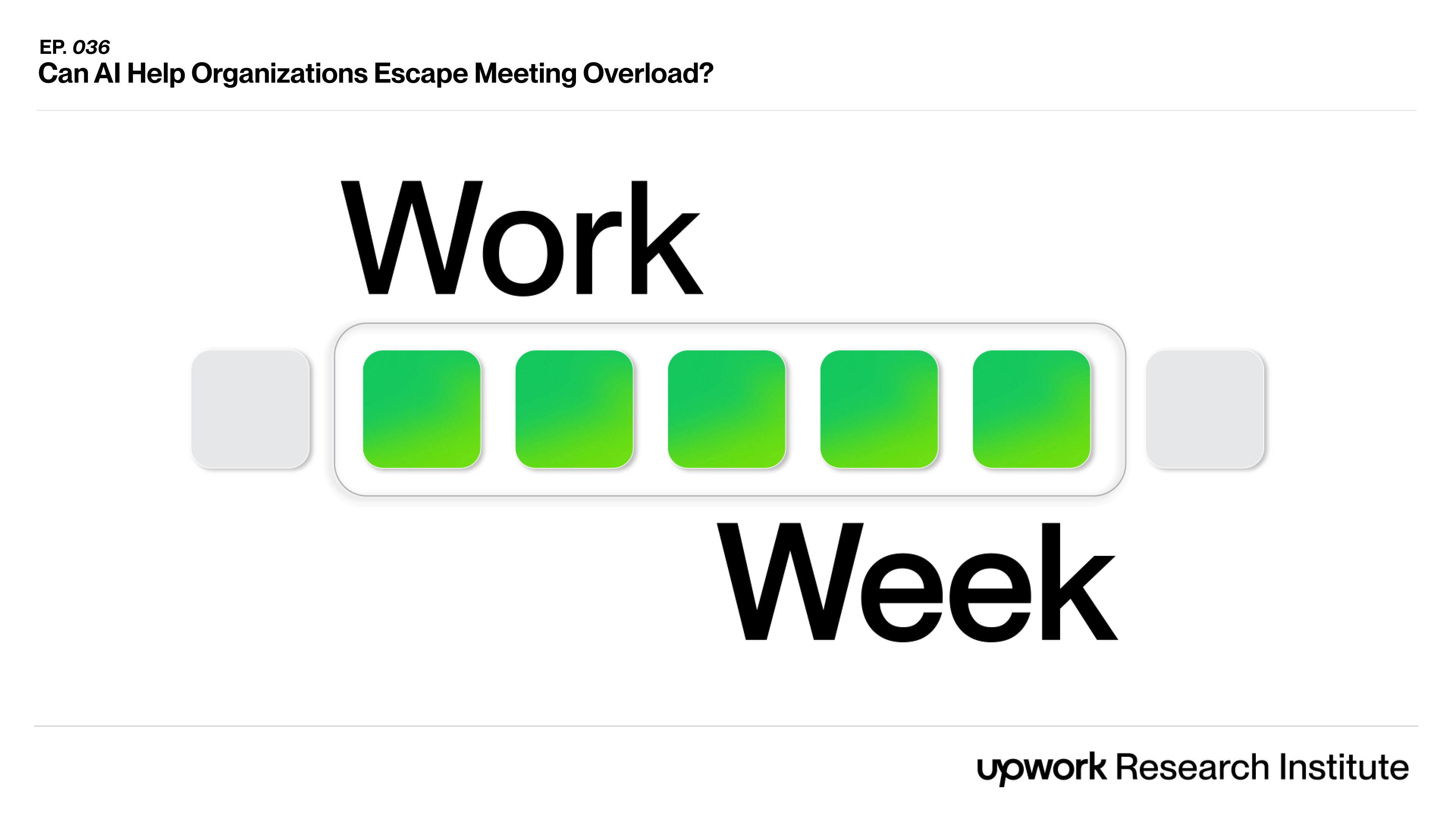

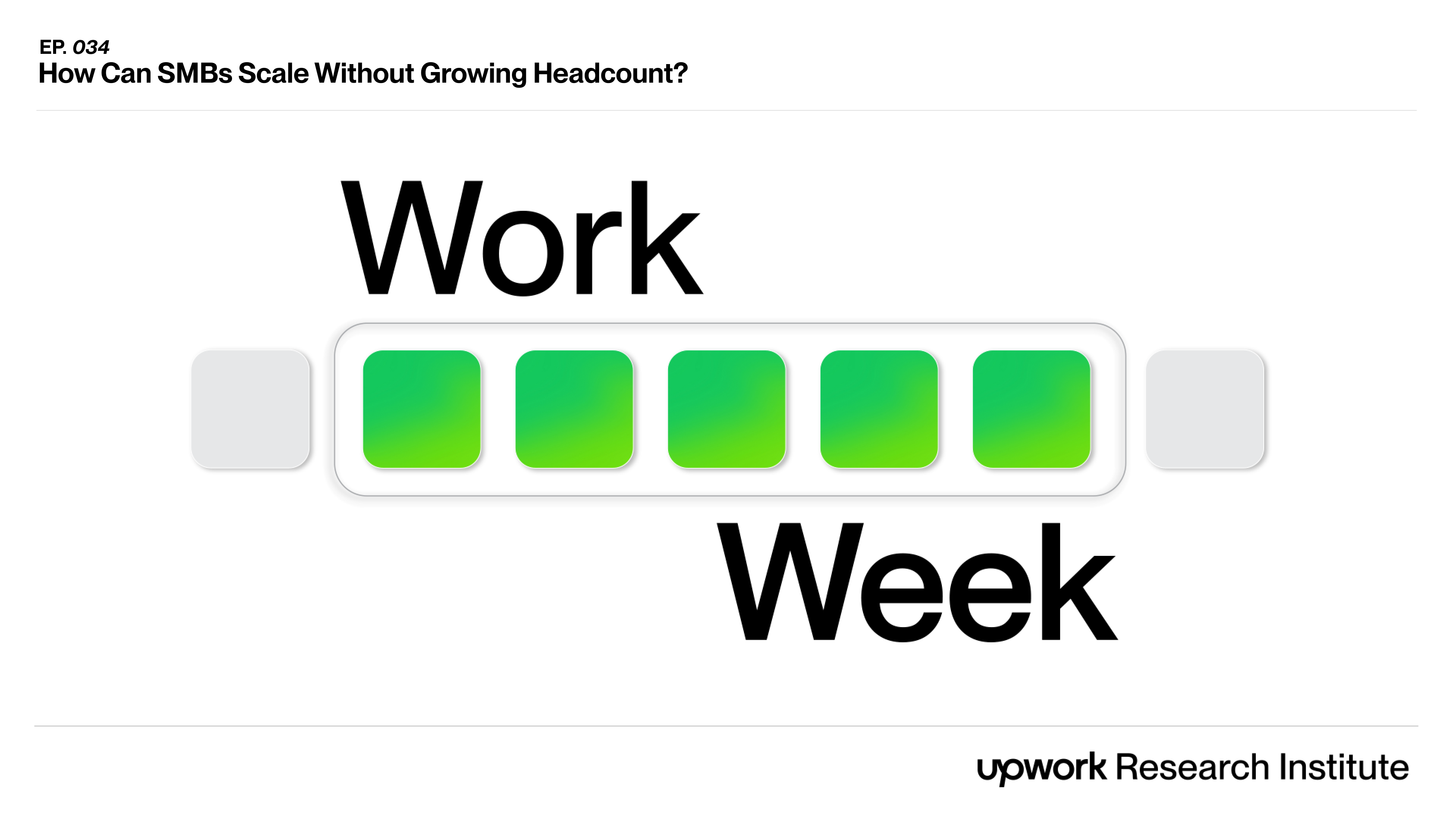
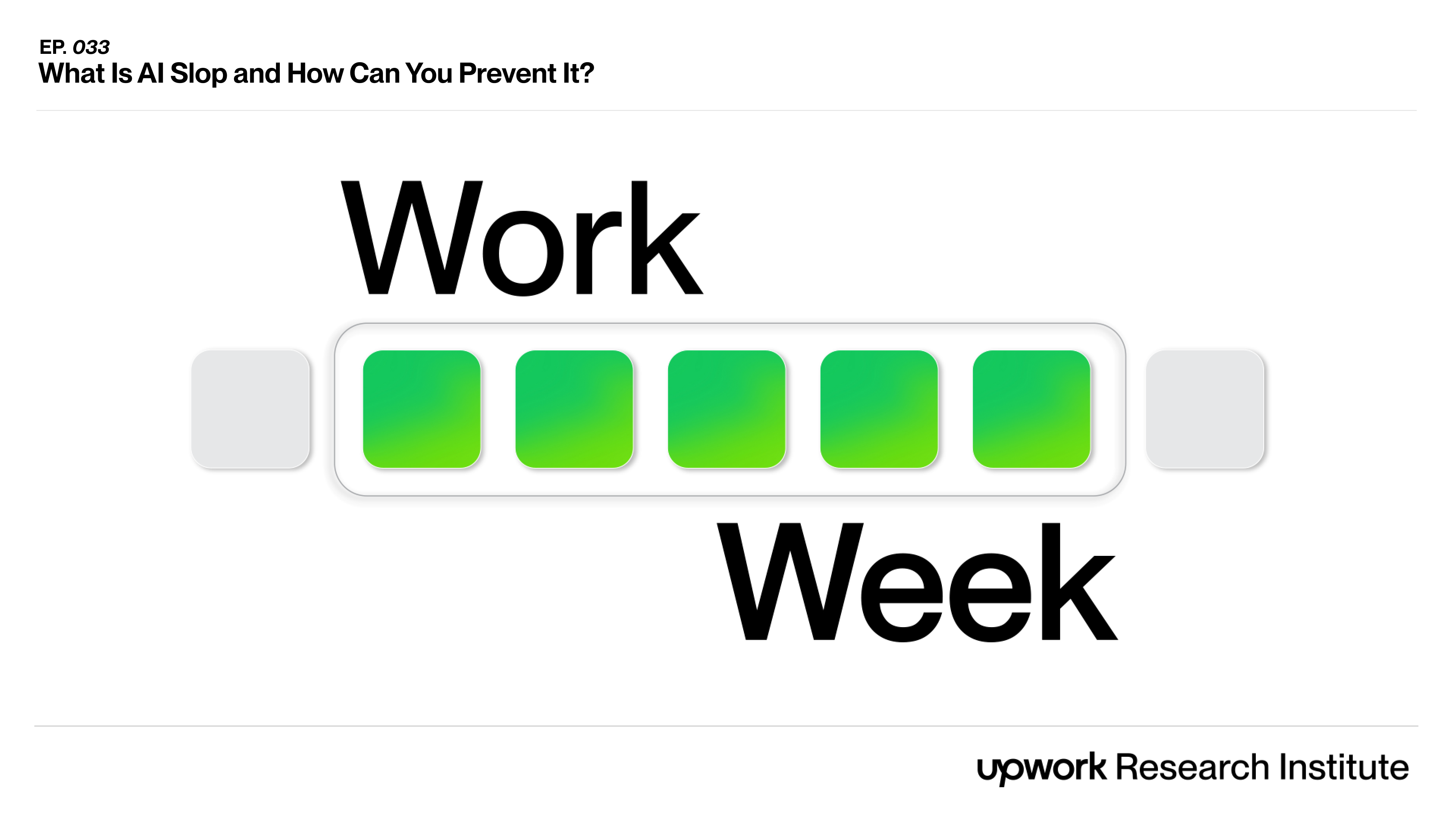
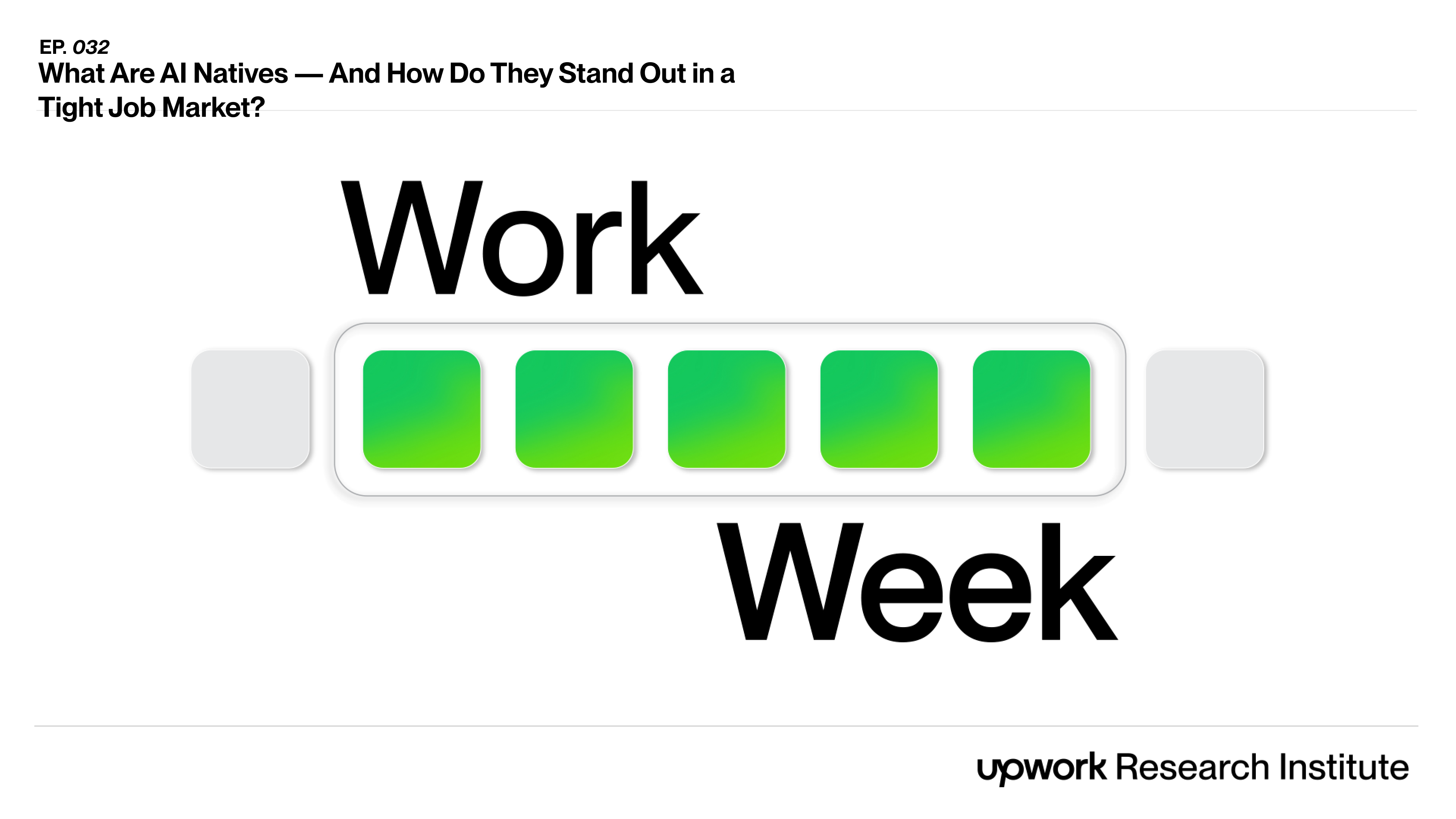


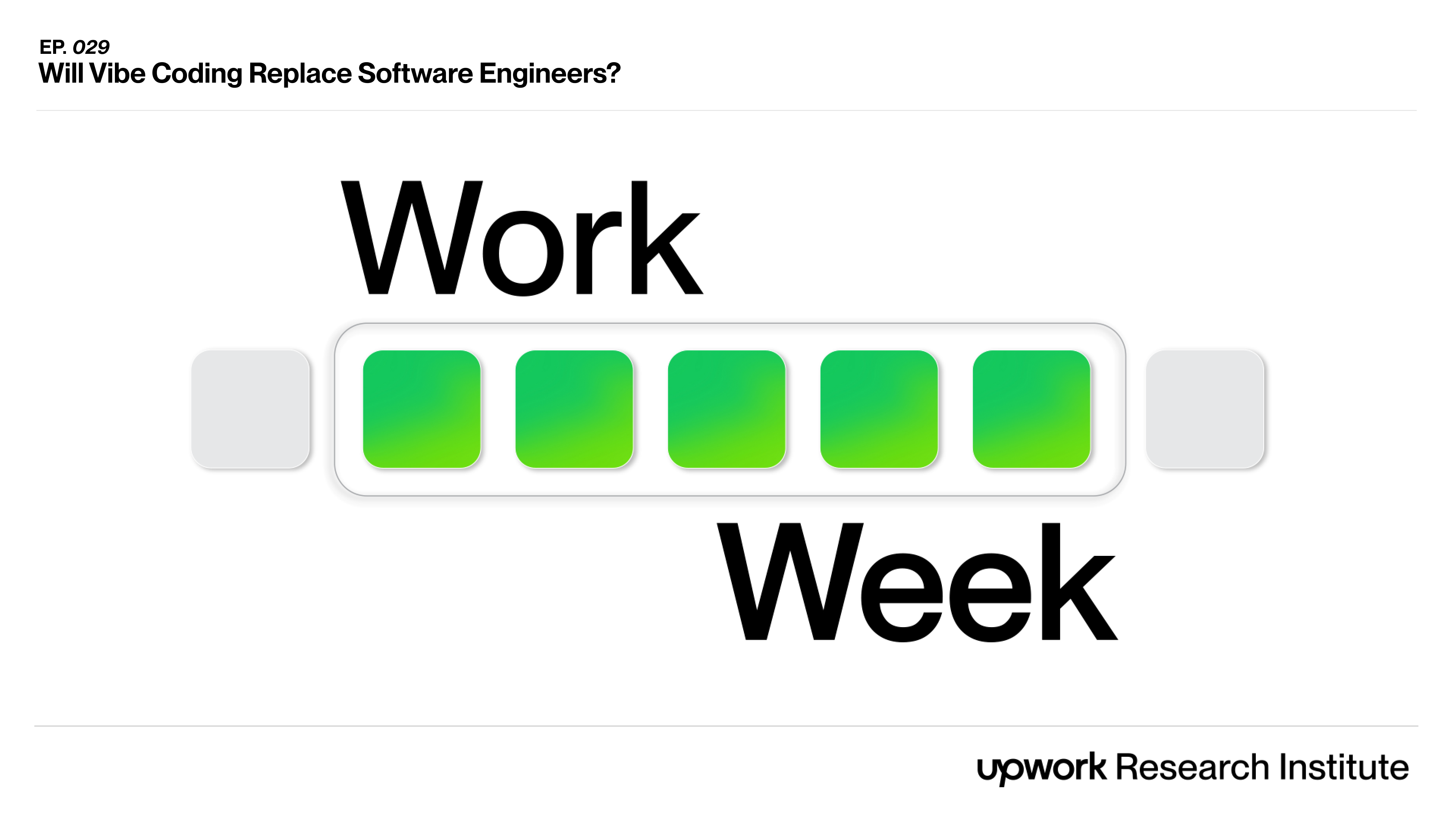


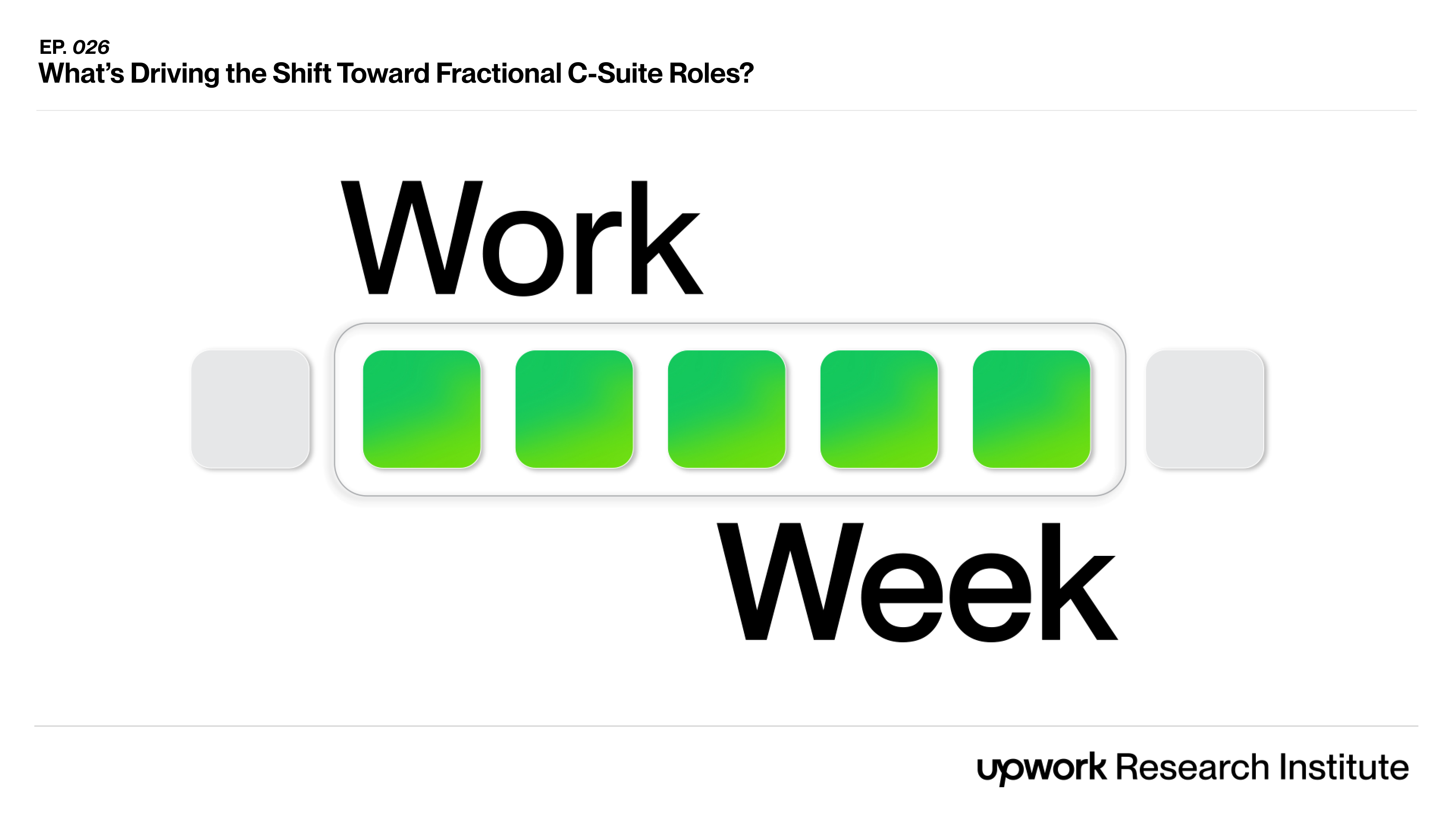
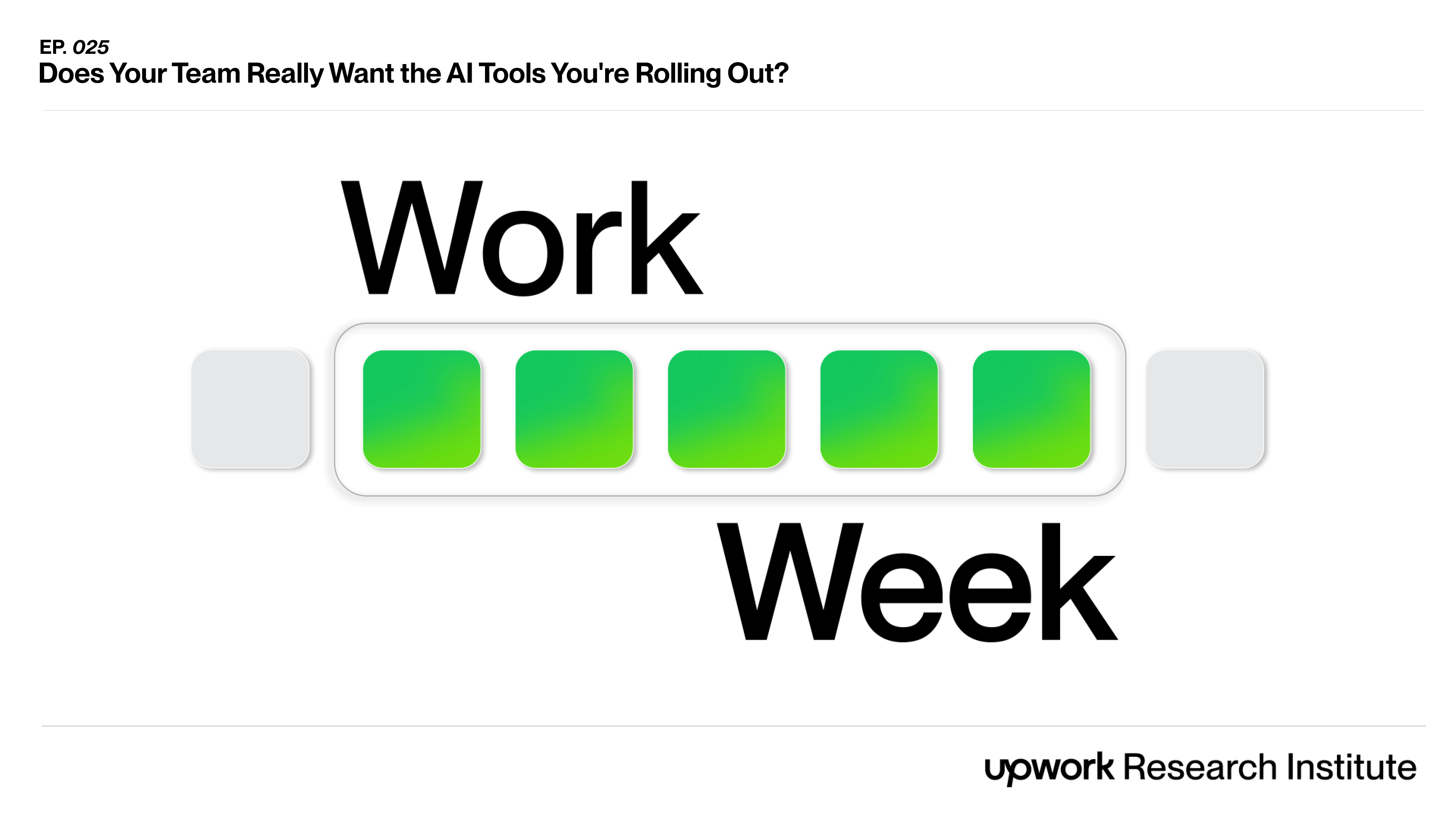

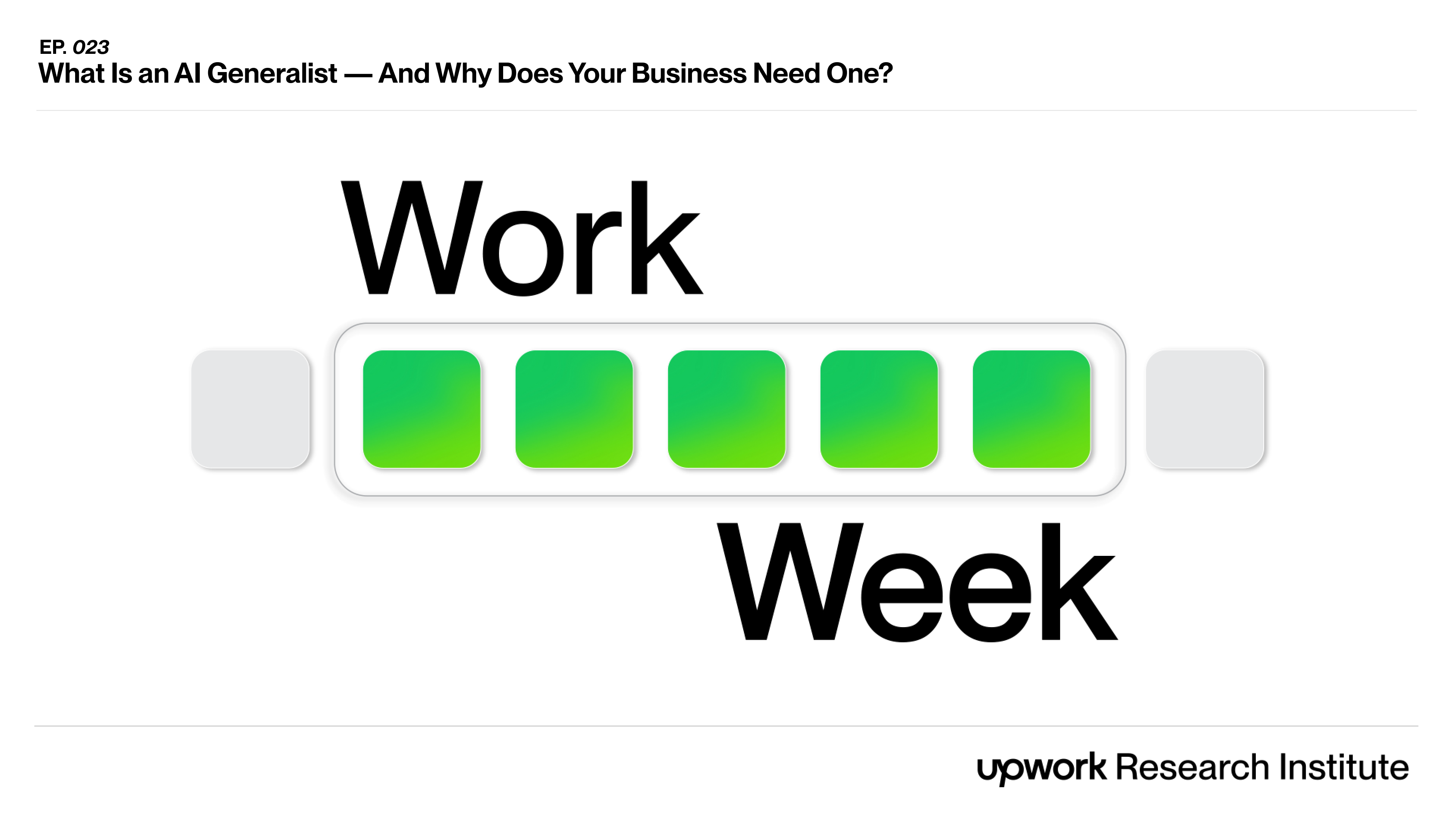






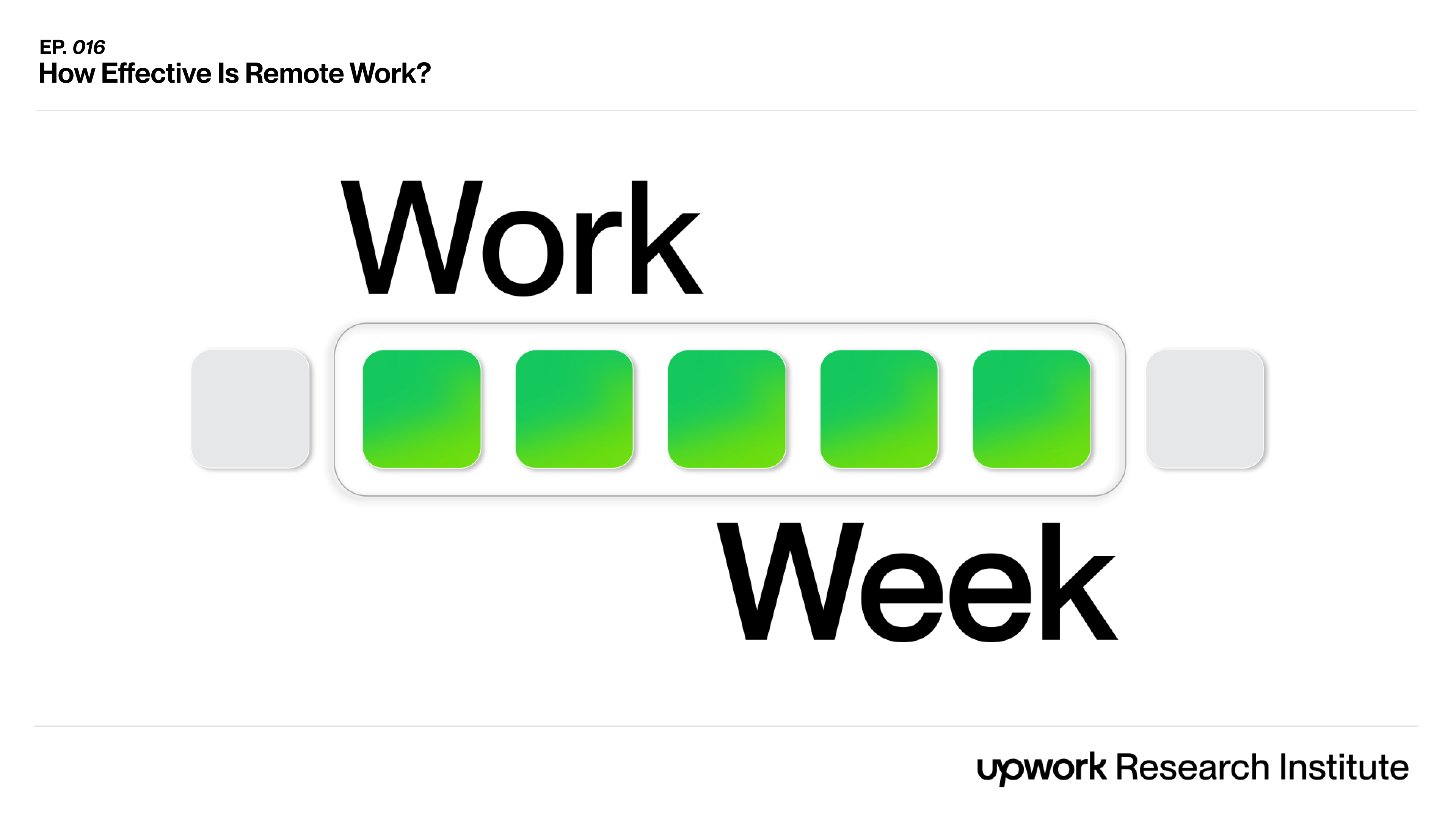
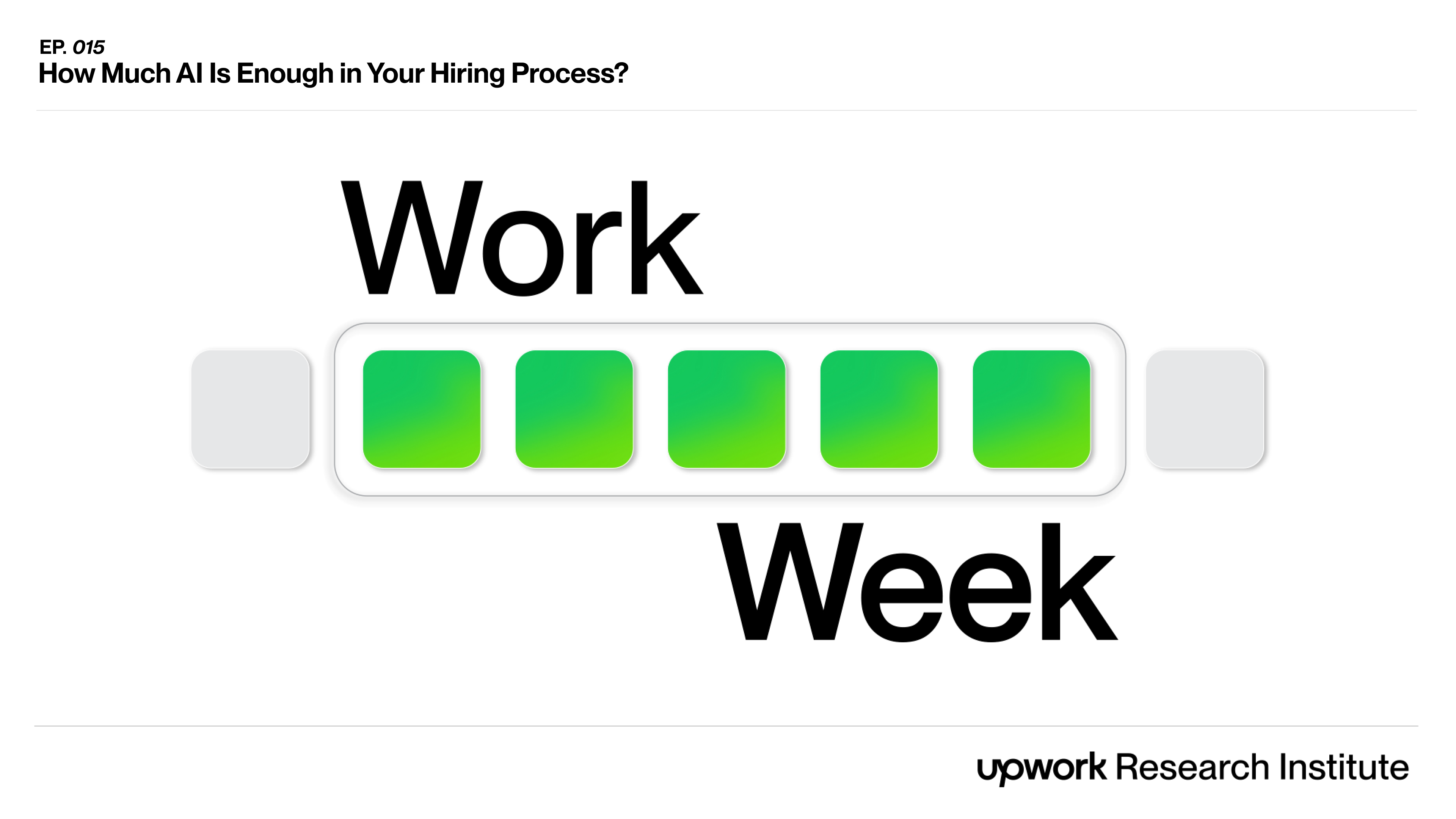

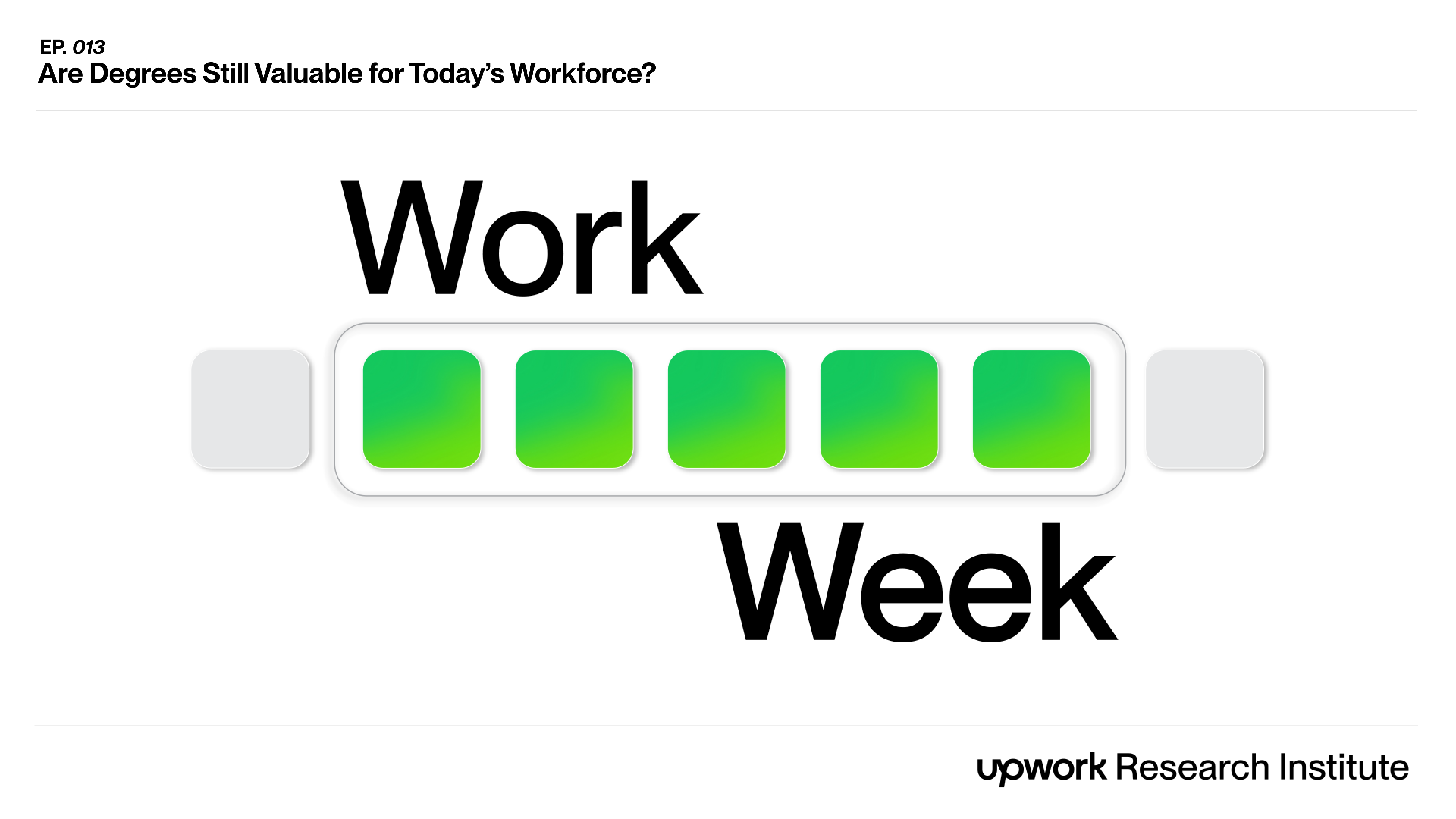
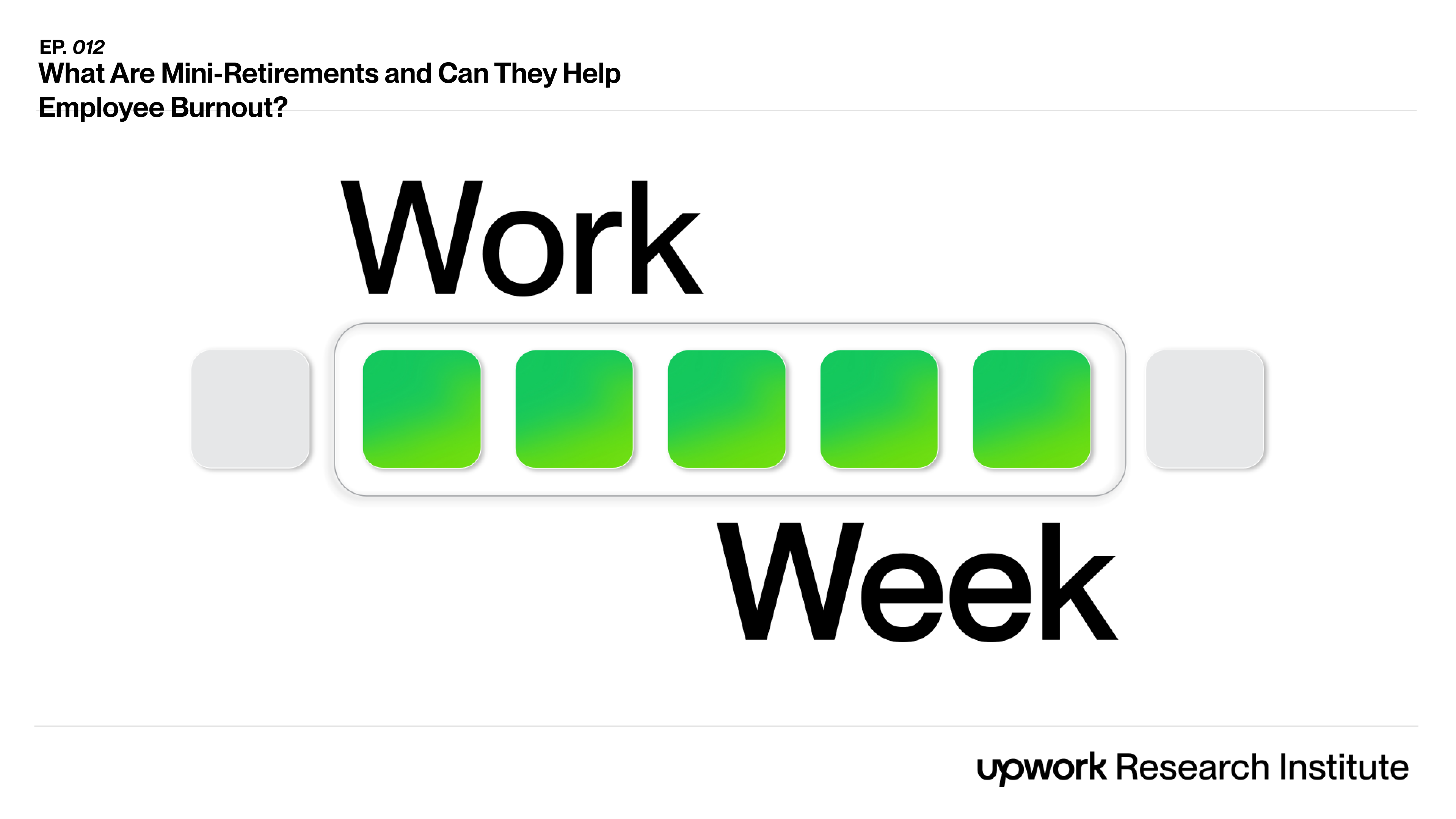

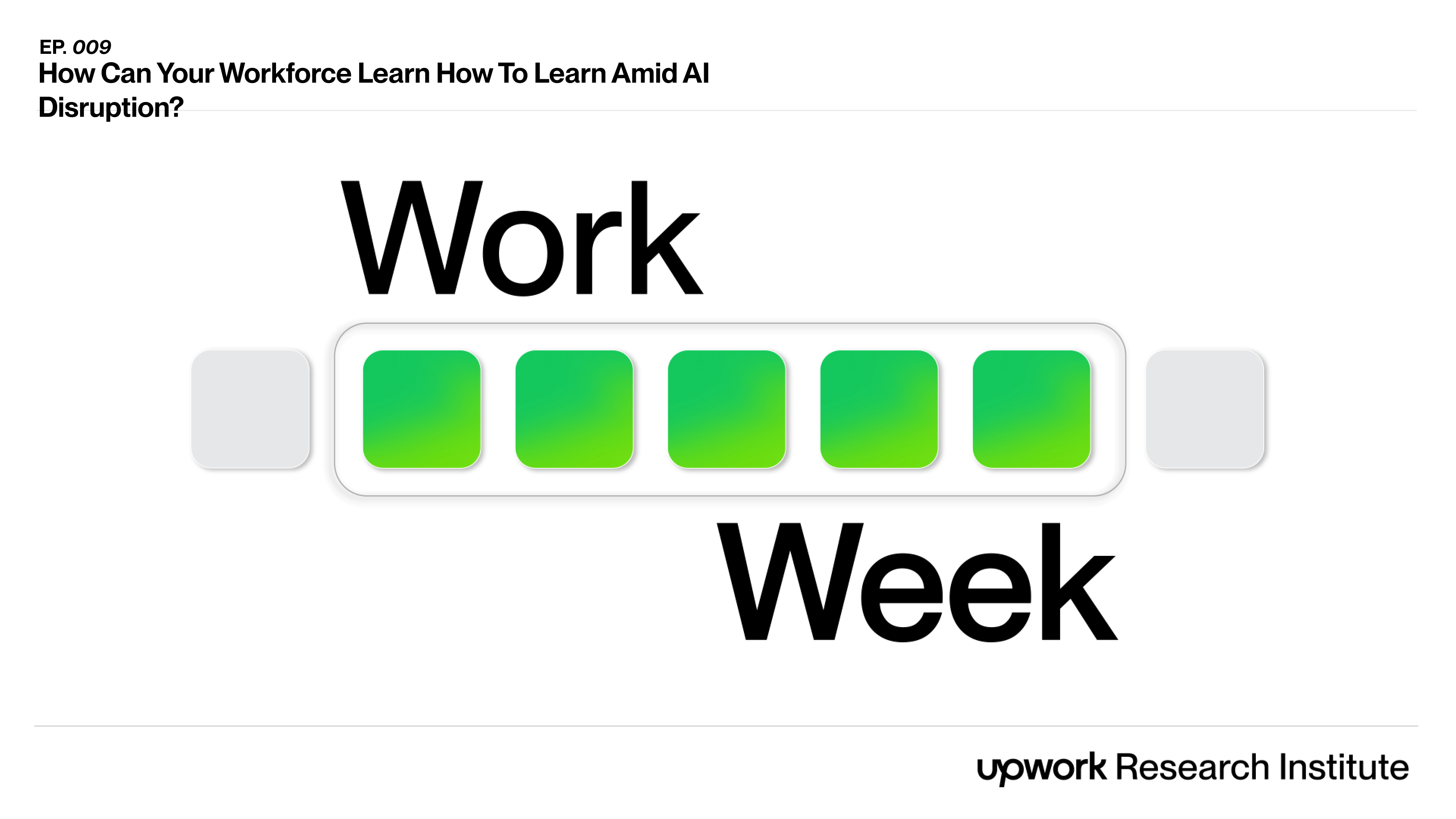

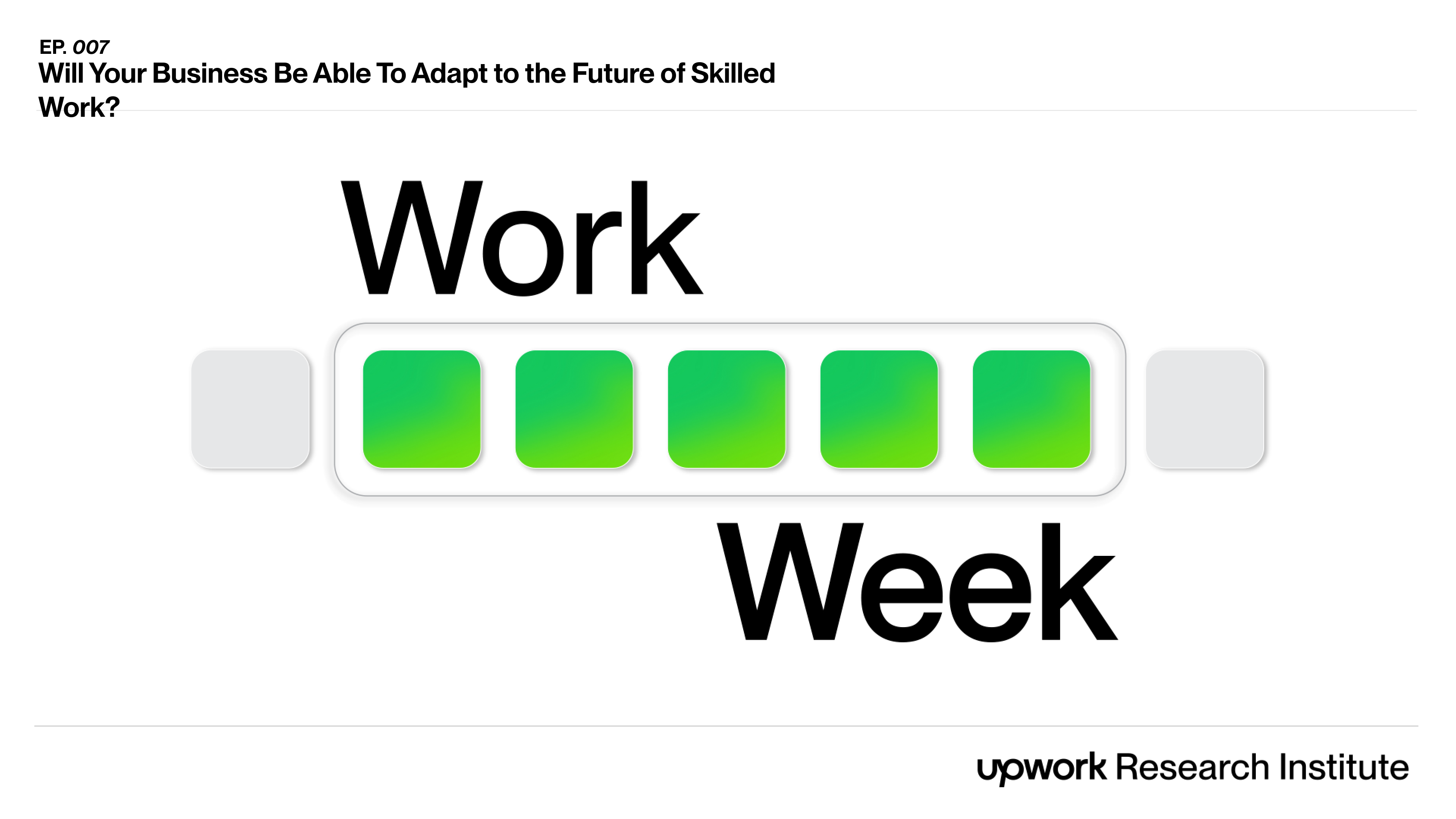
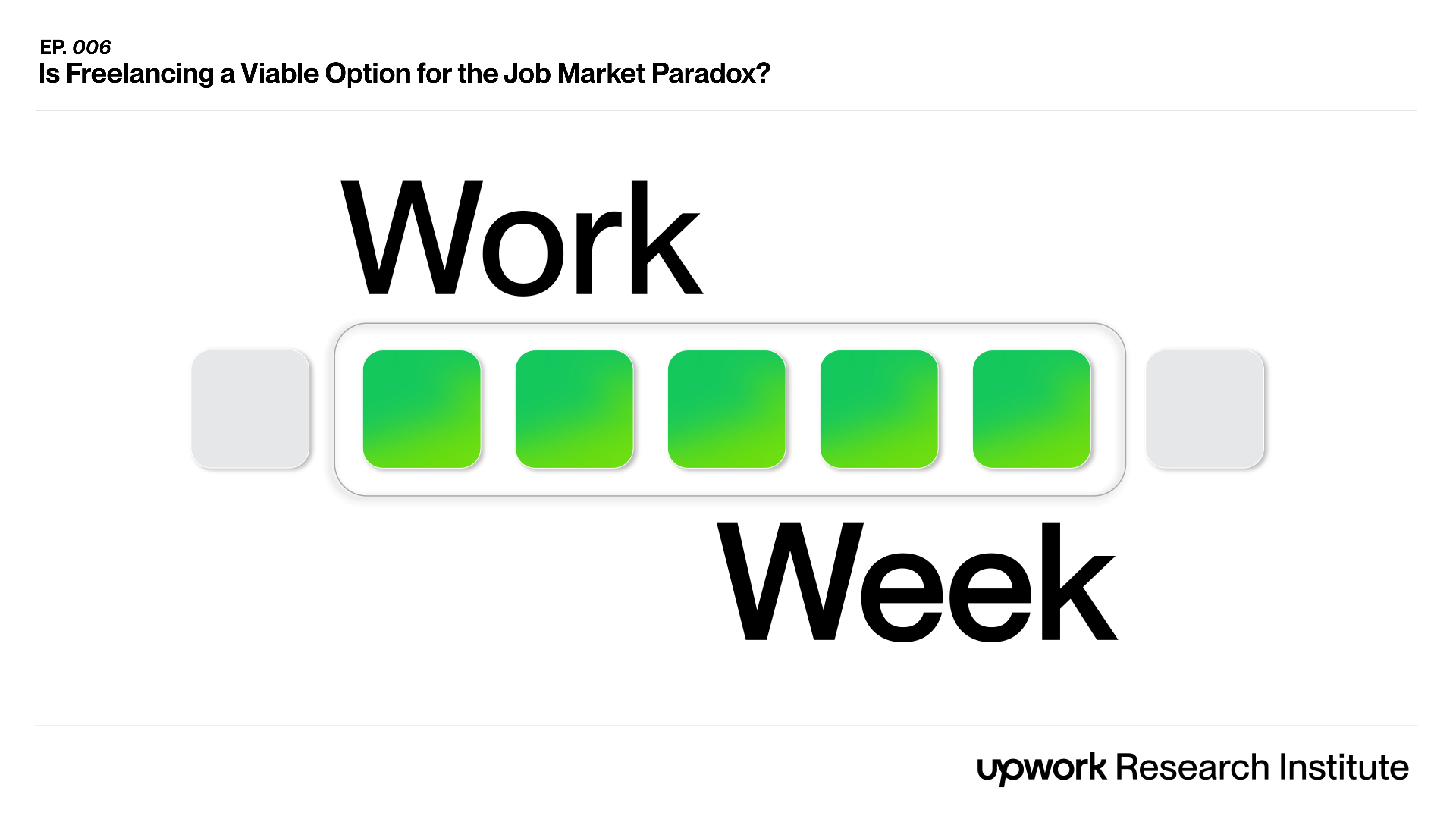
.png)


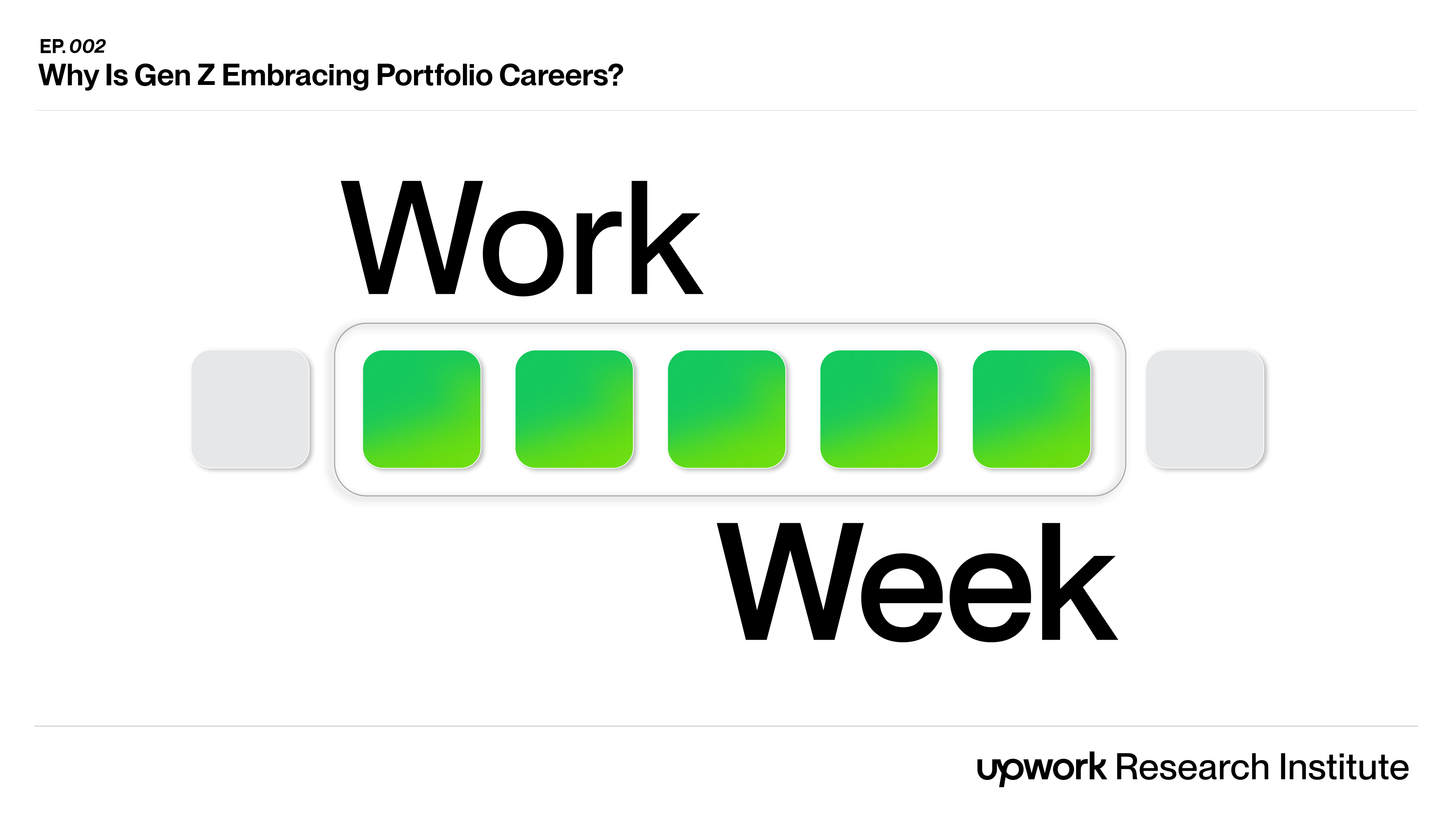
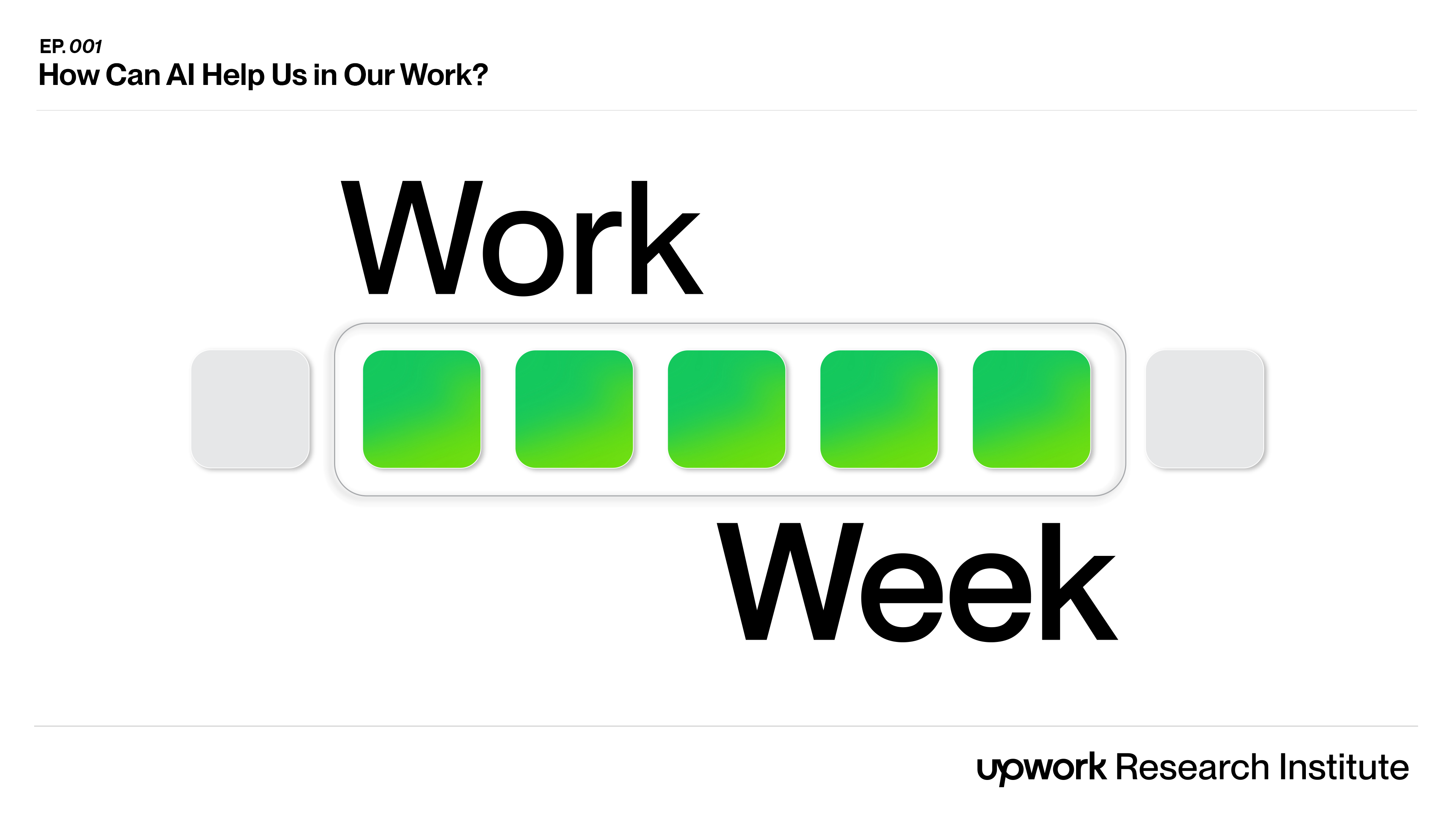
.jpg)